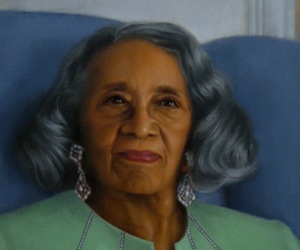 |
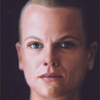 |
|||
 |
||||
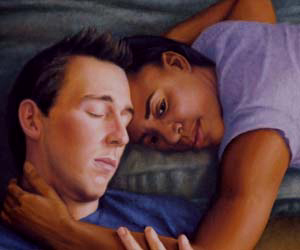 |
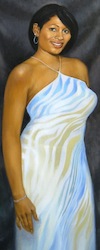 |
|||
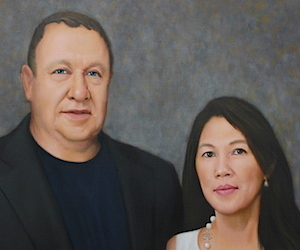 |
 |
|||
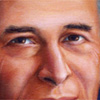 |
||||
 |
 |
 |
||
| The Oil Portrait, by Brian Owens A portrait can take many forms; A rough sketch or a precise drawing done in charcoal or pen; A pastel, watercolor or an oil painting. I have several portraits done by other artists in my personal collection. To the artist, each medium presents a different challenge. To the client, each medium has a different appearance and special qualities. A successful oil portrait is generally regarded as a more luxurious work of art for several reasons: Oil portraiture has a long, interesting and well-explored history that started in europe when only the rich and nobility could afford to commission them. An oil portrait does not require glass so it lends itself to large work. Oil portraits are robust and last several hundred years. Today oil portraits are within financial reach of most Americans although they are still very much a luxury. The market is large in the United States, especially in the south, northeastern states and California. Usually, the client's primary concern is that the oil portrait "look like" the subject. This is understandable. Actually, an excellent likeness is not really that difficult for a qualified artist to achieve and for me, is just the starting point. Let me explain ... Before substantive work is done, the artist has already made important judgments about the composition of the oil portrait. He has decided what is included and where everything is located; What is omitted and why; How the background will look; The direction of light, and the use of color. Most of all, the artist has determined the features of the subject that make him or her identifiable. By the time the oil portrait is half-done the likeness is already apparent because the artist is following his own strategy for its development. Actually, the composition and the likeness are not the end but rather, the foundation for what comes next. What comes next is hard to define. A good likeness has been achieved but that is not good enough in itself. The oil portrait should leave you with an emotional impression of the subject. A person who knows the subject should feel as if they are in the presence of the subject. The oil portrait should be genuine and to the degree possible, depict the true nature of the subject. We don't have sufficient language to describe this sort of thing, so we use words like essence, spirit and gravitos. It is possible for an artist to spend so much time looking at a portrait that he can't see it with "new eyes" - the way a client does when they see it for the first time. So even when I'm sure that I nailed it, I listen with great interest to every word uttered when it is unveiled. When I hear a phrase like "you've captured her essence" I know that the portrait has its intended effect. Traveling to Clients All of Florida and Georgia is my backyard and I can travel to meet with clients at their homes. Do you live elsewhere? Please call anyway. My studio and residence is located just north of Orlando in central Florida, but I have worked for clients as far away as Michigan. Prices and additional Information Portrait artists are "up front" about portrait pricing, which is largely a function the market, historic pricing norms, the fame of the artist and the size and complexity of the portrait, not the number of hours it takes to complete the painting. Some artists post their price schedule online. I prefer to send my price sheet upon request. I am also available to paint children's portraits, family portraits and group portraits. If you would like a more independent source of information (including pricing), I highly recommend the back issue of American Artist, April 1999, entitled "Portrait Painting Today". This issue is no longer available online but I may be able to supply you with a copy if you call. |


